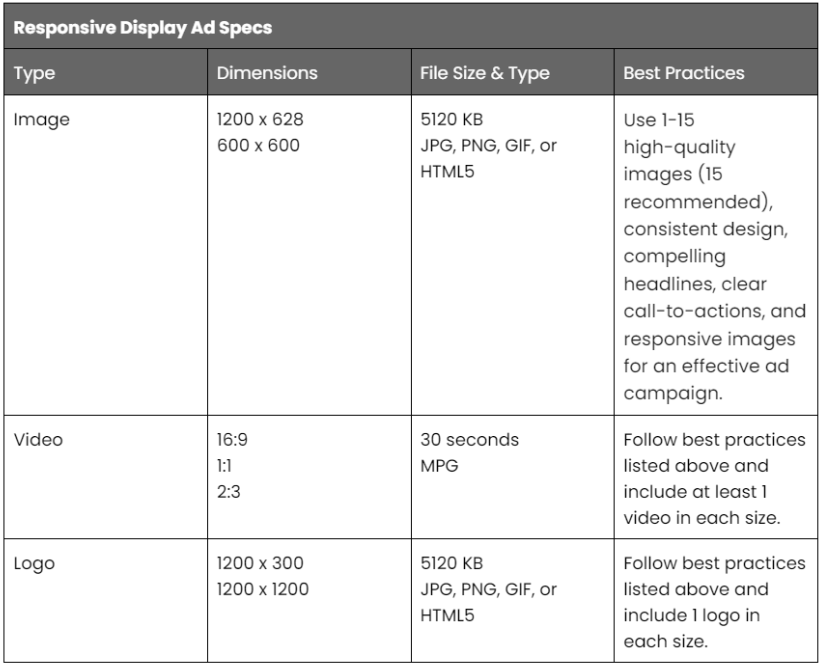The world of marketing is changing fast, and influencer and affiliate marketing are leading the charge. These strategies have been game-changers for brands, helping them connect with their audiences, build trust, and boost sales. But guess what? The best is yet to come! As new trends, tech, and consumer habits shake things up, influencer and affiliate marketing are set to get even more exciting.
In this blog, we're diving into how these marketing powerhouses are evolving. We'll chat about everything from the rising demand for authenticity and transparency to the growing popularity of micro and nano influencers. Plus, we'll look at how e-commerce and shoppable content are becoming more intertwined with these strategies. On the affiliate side, we'll explore cool new developments like advanced tracking and the buzzworthy card-linked offers. Get ready to stay ahead of the curve in this ever-changing marketing landscape!
The Evolving Landscape of Influencer Marketing
1. Greater Emphasis on Authenticity and Transparency
With influencer marketing becoming commonplace over the past few years, there has been a greater emphasis on authenticity and transparency amongst influencers. According to Nielsen, 92% of consumers say they trust recommendations from individuals (even if they don’t know them) over brands.
Today’s audiences are quick to sniff out when products are being pushed their way, so it’s vital that brands collaborate with influencers who genuinely believe in their products and create compelling, engaging content. We recommend brands vet influencers based on their past posts and engagement to ensure they align with the brand and your desired audience. High follower counts don’t necessarily equate to a stronger ROI for your brand, and oftentimes, smaller influencers with more engaged followings can deliver more authentic, captivating content.
Transparency has also grown increasingly important in influencer marketing. Influencers must adhere to FTC guidelines regarding disclosing material connections between themselves and brands, and not doing so can damage a brand’s reputation. Also, in order for audiences to trust an influencer and purchase based on their recommendation, influencers should be disclosing their paid promotions by utilizing in-platform disclosure features.
2. Rise of Micro and Nano Influencers
For a long time, most brands assumed that the bigger the influencer, the more impactful it would be to partner with them. However, increasingly, micro influencers (those with 10,000 to 100,000 followers) and nano-influencers (those with 1,000 - 10,000 followers have become the most trusted amongst audiences. This is because these influencers are everyday people who have built their followings based on their passions and interests, rather than because they are celebrities or high-profile people.
Micro and nano influencers are appealing to brands to work with because they typically don’t require massive budgets and are often able to reach a more niche, target audience. These influencers have demonstrated authenticity with their followers, and therefore their followers are more likely to trust their recommendations and engage with their content.
As influencer marketing continues to grow as a percentage of brands’ marketing budgets, micro and nano-influencers are charging more for their services (advertisers have seen 10-20% fee jumps YoY, according to Digiday). This growth in costs is due to a variety of factors: the maturing of influencer marketing as an industry, increased pay and deal transparency, and the evolution of influencer partnerships beyond social media to include event appearances, content usage rights, etc. Given rising costs, brands are expanding their strategies to include launching brand ambassador programs, negotiating pricing via long-term contracts, and enhanced gifting programs in exchange for content.
3. E-commerce Integration and Shoppable Content
Influencer marketing and e-commerce go together perfectly. Shoppable content, like interactive product tags and in-post purchase links, transforms your content from passive to active, allowing customers to click and buy without ever leaving the page. A prime example of this is Amazon’s “Amazon Live” feature where influencers and brand ambassadors host live streams to showcase products and interact with viewers in real-time. Some streams offer a peek behind the curtain at product development or share stories about the creation process, adding an authentic touch and fostering a deeper connection between the brand and its audience. By harnessing the genuine appeal of influencers and the sophisticated features of social platforms, brands can boost sales, increase engagement, and forge lasting relationships with consumers.
4. Growth of B2B Influencers
Although most people think of influencer marketing in the context of B2C brands, B2B influencer marketing is one of the biggest opportunities in B2B marketing strategies today. The global B2B eCommerce market is worth 5x that of the B2C market, so there exists huge opportunities for companies to work with industry leaders, decision makers, and professionals to boost their brand awareness and sales.
Research by TopRank Marketing found that 88% of B2B marketers saw an increase in brand reputation and 72% saw an uptick in brand awareness through authentic influencer collaborations. Similar to B2C influencer marketing, it’s vital that companies partner with influencers with similar target audiences to their own and who align with their brand messaging.
The Future of Affiliate Marketing
1. Enhanced Tracking and Attribution
Affiliate tracking captures essential data for marketers implementing affiliate programs - including clicks, traffic, and conversions. It’s important for affiliate marketers to utilize tracking and attribution tools to monitor and analyze the performance of their campaigns. Tracking methods include cookie tracking, such as first-party and third-party cookies (though the latter are being phased out due to privacy concerns), pixel tracking, API tracking, and Server-To-Server Tracking, which is also called “cookieless tracking.”
As regulations evolve and browsers move away from cookie-based tracking, it is important that marketers stay up to date on compliance trends and ensure their affiliate platform provides enhanced alternative tracking solutions. In addition, cross-device tracking has grown increasingly important to follow the customer journey between mobile and desktop.
Overall, we recommend brands choose an affiliate platform that suits their tracking needs and has modern tracking capabilities evolving with the current compliance landscape.
2. Increased Focus on Quality Content and Value
With the rapid rise of social commerce in recent years, it's more crucial than ever for brands to collaborate with affiliates who consistently deliver high-quality content. If the content is dull or uninspired, brands will struggle to forge meaningful connections with their target audience. Encouraging affiliates to consistently create top-tier content can yield significant returns for brands.
Collaborating with affiliates, influencers, or ambassadors who can create high-quality content is one of the most effective ways for a brand to build and maintain audience engagement and trust. It's essential for brands to offer content that not only addresses their audience's needs but also deeply resonates with them. By delivering quality content, brands lay the foundation for a strong relationship with their audience, where trust plays a vital role.
3. Card-linked offers
Breaking away from traditional business models and shaking up the affiliate scene are now card-linked offers (CLOs). These can significantly enhance a brand’s program by expanding the publisher landscape beyond the usual focus on coupon, deals, loyalty, and content publishers. This approach not only benefits consumers but also drives sales and strengthens brand loyalty. Retailers can use this channel to offer enticing rewards, such as cashback offers, encouraging shoppers to choose their brand over competitors. The seamless integration into the customer’s purchasing process enhances convenience, deepening the relationship between the customer and the brand.
Navigating the Future
Looking ahead, influencer and affiliate marketing will keep leading the innovation charge. They’ve already revolutionized how brands connect with consumers, and their impact is set to grow even more. With a rising emphasis on authenticity, the spotlight on micro and nano influencers, and cool advancements in e-commerce and tracking, there’s a world of opportunities for brands. Embracing these trends and fine-tuning your strategies will supercharge engagement and fuel lasting growth in the ever-evolving digital scene.




















































